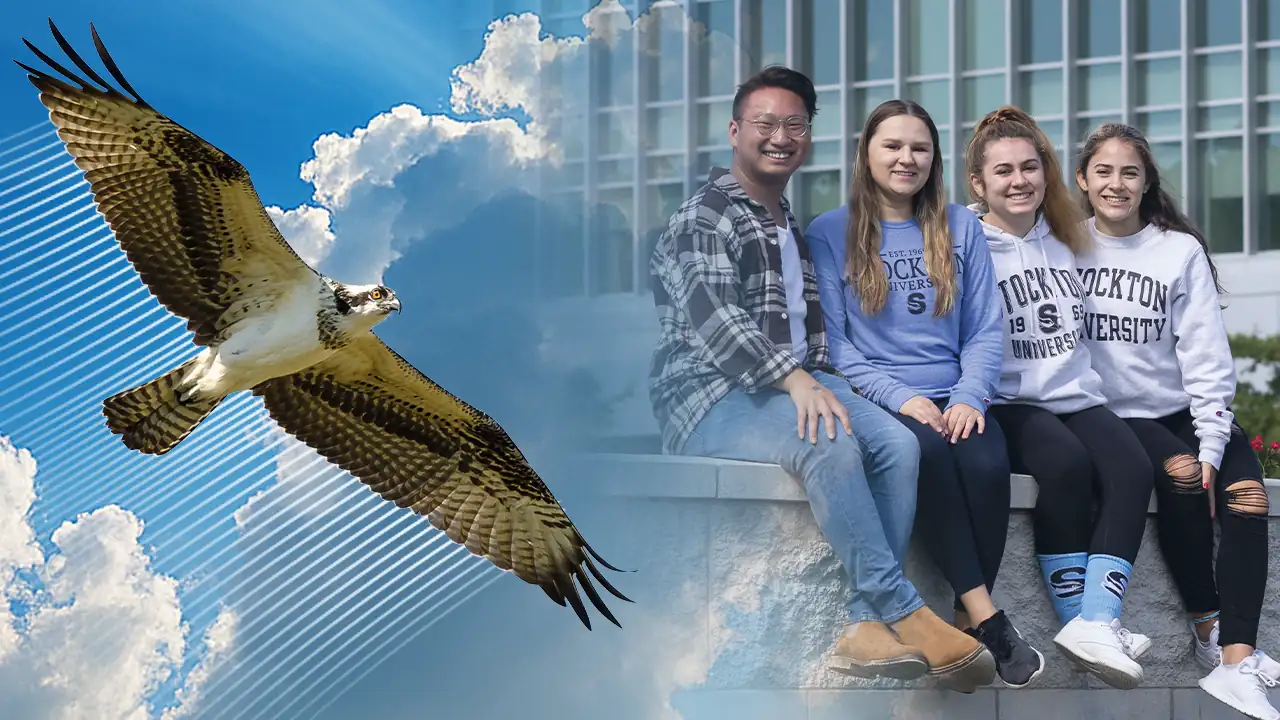Soaring Forward: Strengthening Community, Advancing Excellence
Stockton’s Strategic Plan is a living framework created by the people who know the University best, the students, faculty, staff, alumni, and partners across the region. Built on Stockton’s Ethic of Care and commitment to academic excellence, this plan reflects where we are, what we value, and where we need to go.
Five Strategic Priorities for the Plan
These priorities will guide how we set goals, invest resources, and measure progress, ensuring Stockton continues to serve as a center of learning, a partner in our communities, and a force for progress over the next three years.
Stockton’s Differentiators
Stockton’s Strategic Plan is strengthened by the many programs, services, and partnerships that support its goals. Together, these areas help advance teaching, foster student success, promote community engagement, and ensure sustainability across the University.
Stockton University was one of five universities to partner with the American Association of State Colleges and Universities (AASCU) to align its Strategic Plan with the Postsecondary Value Framework (PVF), which serves as a guiding structure for integrating equity-centered, evidence-based strategies into institutional planning. The goals of the PVF are to ensure that all students have access to academic, professional, and financial resources needed to earn a college degree. During fall 2024, a Framework Working Group of 33 faculty and staff participated in a multi-day workshop to become familiar with the PVF, and in spring 2025, they served on five writing groups to ensure that the PVF’s elements, Access, Affordability, and Completion, were fully integrated into the Strategic Plan.




